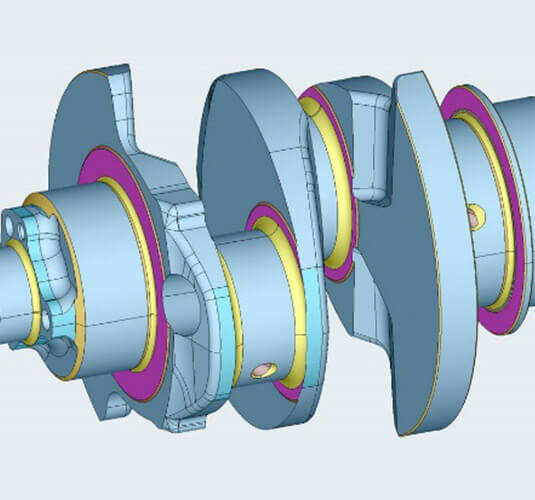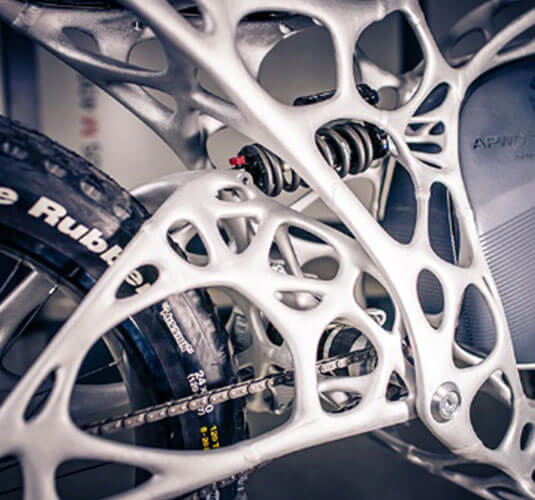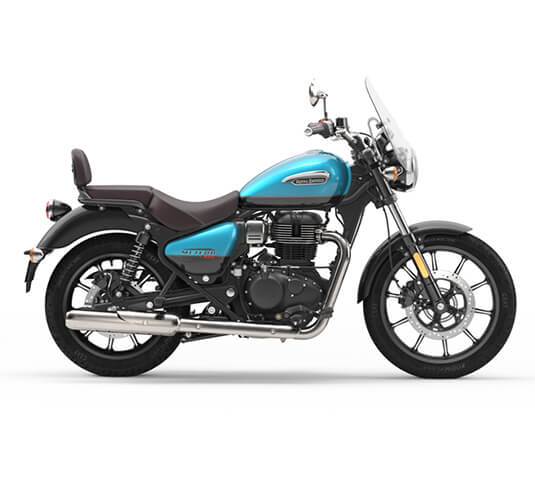
Motorcycle Vehicle Development
Manufacturers of two- and three-wheel vehicles are under constant pressure to deliver performance to excite riders, develop powertrain innovations to improve vehicle range, and get new products to market faster. An efficient vehicle development process starts with tools that address the unique challenges of motorcycle and three-wheeler design.
Altair data analytics and simulation technology allows developers to quickly and accurately model, analyze, and optimize complex vehicle systems and subsystems as well as validate that the designs are optimized for traditional or advanced manufacturing processes.
Accelerating Design
Developers of two- and three-wheel vehicles are always searching for ways to reduce powertrain model creation time and streamline the design and analysis process. Altair SimLab™ is a process-oriented multidisciplinary simulation environment that enables motorcycle manufacturers to automate tedious and error-prone FE model generation tasks, reducing model creation time by up to 80%. Within the same platform, accurate linear and nonlinear structural, thermal, and computational fluid dynamics analyses can be seamlessly performed locally or in the cloud.
Lightweighting and Optimization
Finding opportunities for material and mass savings is critical to improve vehicle performance, range, and to drive down costs. Topology optimization develops optimized structures by considering design parameters like expected loads, available design space, material, and cost. Embedded early, it enables the creation of designs with minimal mass and maximal stiffness. Altair OptiStruct™ is the original topology optimization structural design tool, driving innovative motorcycle designs for more than two decades. Users can also leverage vehicle dynamics to derive accurate loads for optimization, simulate the physics of advanced materials, and design for traditional or advanced manufacturing processes
Faster Insights with HPC
The simulation of complex dynamic events provides critical insights for improving and validating vehicle design. Relying on local workstations alone, however, can prove to be a bottleneck as engineers may need to wait hours or days for analysis results. High-performance computing and cloud tools can dramatically improve solver throughput, allowing manufacturers to accelerate development and improve product quality. Computationally-intensive simulation, such as CFD, vehicle dynamics, and impact analysis can be run either on-premise or in the cloud thanks to Altair’s HPC infrastructure and workload management tools.
Featured Resources
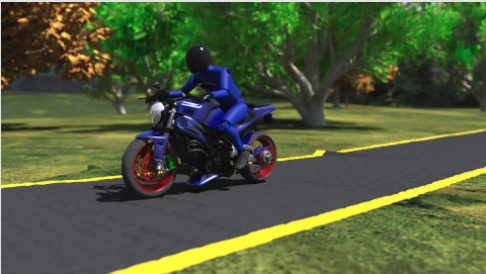
Simulating Ride, Handling and Durability of Two and Three-Wheeled Vehicles
Two and Three Wheeler companies be it existing OEMs, new EV start-ups or others serving this segment want to shorten the product development time and get to market faster. Designing a new two/three wheeled vehicle addressing refined customer expectations requires performance to be at par with established norms when it comes to vehicle ride, handling, and durability. To address this need Altair developed a New Unified solution for simulating two and three wheeled vehicles as a part of the HyperWorks 2020 release. The solution is aimed at companies designing and manufacturing two and three wheeled vehicles with IC or Electric engines. The solution is beneficial to both, leaning and non-leaning vehicles and helps engineers predict vehicle dynamics & control, durability and ride and comfort of two and three wheeled vehicles.

Victory Through Innovation - Winning the Race and Staying Sustainable with Altair Solutions
Elisava Racing Team was born in 2018 at ELISAVA Barcelona School of Design and Engineering as a project with final year students with the challenge of designing and developing an electric motorcycle to compete in the Barcelona Smart Moto Challenge. In 2019, the team won five awards with the electric motorcycle “ERAY” and continued its success in 2020 with the motorcycle “Dayna”. In the new design, the team wanted to combine a 100% electric off-road motorcycle, an IoT connection, and a medical service capable of reaching where it’s needed. Overall, they wanted a lighter, simpler bike.
Using Altair solutions, the student team improved the motorcycle’s parts and created a lighter, more efficient design. The team also optimized complex assemblies while ensuring maximum performance, comfort, and safety. The optimization of the “Dayna EVO” frame to achieve an optimal package for an electric powertrain also shows that electrification can save costs.
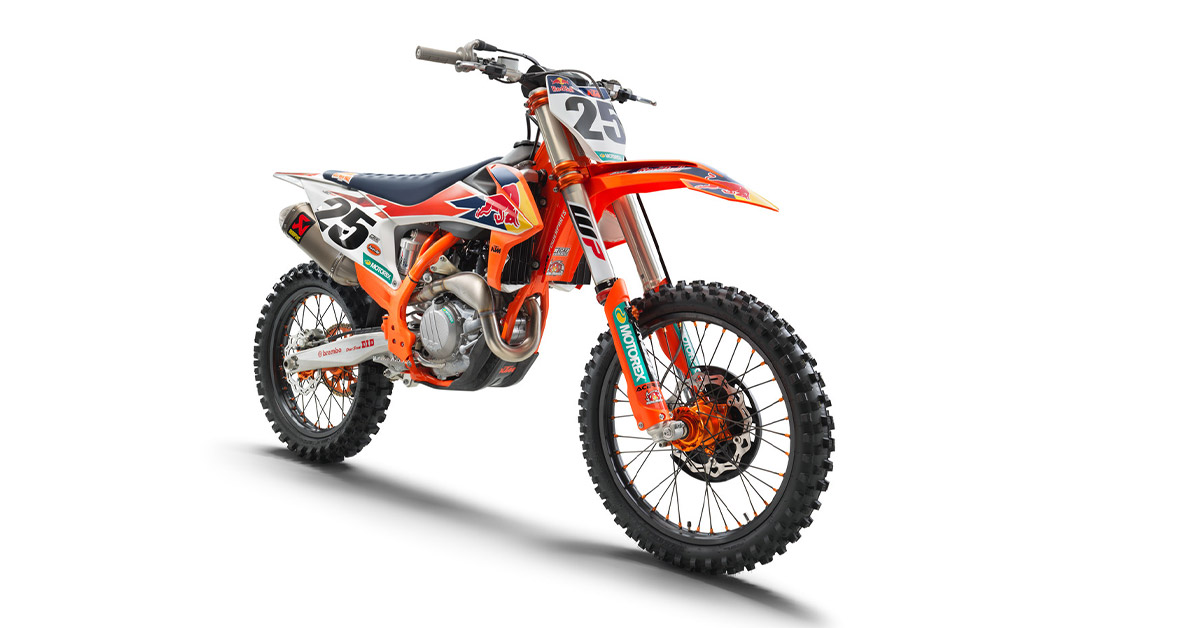
Reduction of Moving Masses – Streamlined Design for Improved Engine Performance
To expand the rpm range of a motorcycle engine, a new type of rocker arm with lower inertia was needed at KTM. The new rocker arm was required to have the same, or better stiffness and deformation level as the previous design. KTM used Altair HyperWorks™ for nonlinear topology optimization and nonlinear structural analysis to develop the new rocker arm. Thanks to this, the component inertia could be reduced by 15 percent, component mass was reduced by 21 percent, and the stiffness increased by 14 percent which lead to an extension of the rotational speed by 150-200 rpm.

Inspired by Nature: Electric Motorcycle Goes 3D
The Airbus APWorks Light Rider is the world's first 3D printed motorcycle prototype. Altair OptiStruct® was used for inspiration of its organic structure. Using additive manufacturing, a simulation-driven design process approach and topology optimization during the process achieved optimum lightweight design.



